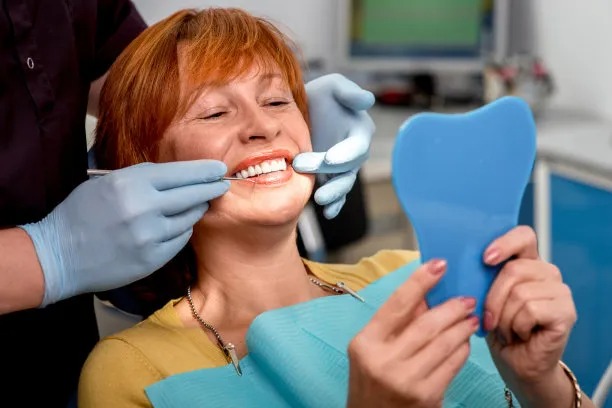The Essential Guide to Safely Extracting a Tooth for Optimal Oral Health and Recovery
Summary: Extracting a tooth, although often necessary, can be daunting. The Essential Guide to Safely Extracting a Tooth for Optimal Oral Health and Recovery delves into the critical aspects of this procedure, ensuring a safe and smooth experience. It covers pre-extraction preparations, the extraction process itself, post-extraction care, and when to seek professional help. Understanding these components can alleviate anxiety and promote effective healing, enabling patients to maintain their dental health with confidence. By equipping individuals with the right knowledge, this guide aims to turn a potentially stressful experience into a manageable one, paving the way for optimal oral health.
1. Preparing for Tooth Extraction

Before undertaking a tooth extraction, proper preparation is vital for both the patient and the dentist. One of the first steps involves a comprehensive dental examination. This not only determines the necessity of the extraction but also assesses the overall health of the patient’s mouth. X-rays might be taken to evaluate the root structure and surrounding bone, ensuring there are no unexpected complications.
Patient medical history is another crucial consideration. The dental professional will inquire about medications, allergies, and past dental issues to ensure safe and effective anesthesia is administered. Patients must also communicate any chronic health conditions that could impact surgery or recovery.
It is recommended that patients avoid eating or drinking several hours before the appointment if sedation will be used. This minimizes the risk of nausea or complications during anesthesia. Additionally, arranging for transportation to and from the dental office ensures that patients can comfortably return home after the procedure.
2. The Tooth Extraction Process
Tooth extraction is categorized into two types: simple and surgical. A simple extraction involves removing a tooth that is visible in the mouth, while a surgical extraction is necessary for teeth that have broken off at the gum line or are impacted. Understanding which type of extraction will occur helps to set patient expectations up front.
During the extraction, the dentist will administer local anesthesia to numb the area around the tooth, ensuring the patient feels minimal discomfort. Some may also receive sedation to help reduce anxiety. Once numb, the dentist utilizes various instruments to loosen the tooth and carefully remove it from the socket.
Post-extraction bleeding is normal and typically manageable. The dentist will place gauze over the extraction site and instruct the patient on how to maintain pressure to stop the bleeding. Suture placement may be necessary in some cases, and a follow-up appointment could be scheduled to ensure proper healing.
3. Post-Extraction Care for Recovery
After a tooth extraction, proper care is essential for optimal recovery. As initial bleeding subsides, it is crucial to rest and avoid any strenuous activities that can increase blood flow and hinder healing. Patients should adhere to the dentists instructions regarding pain management, including the use of prescribed medications.
Diet plays a vital role in recovery. Initially, soft foods and liquids are advised to prevent irritation or dislodging of the blood clot that forms in the extraction site. Over time, as the healing progresses, patients can gradually reintroduce solid foods while avoiding those that are hard, crunchy, or spicy.
Maintaining good oral hygiene is also imperative. Gently rinsing the mouth with warm salt water can help with healing, but patients should refrain from vigorous rinsing or using straws, as this can disrupt the healing process. Regular follow-up appointments will allow the dentist to monitor healing and address any concerns that may arise.
4. Knowing When to Seek Professional Help
While many tooth extractions heal without issues, certain signs indicate the need for further professional consultation. Excessive pain that worsens over time, swelling that does not subside after a few days, or ongoing bleeding may suggest complications such as infection or dry socket.
Patients should also keep an eye on their overall health, particularly if they have pre-existing health conditions. Any systemic symptoms like fever or persistent bad taste in the mouth should prompt a quick visit to the dentist.
Communication with the dental office is key. Patients should feel empowered to ask questions and voice concerns during recovery. Building a rapport with the dental team can provide reassurance and enhance the healing process. Proper follow-up appointments can also help identify any issues early on, ensuring a smoother recovery journey.
Summary: Understanding the process of tooth extraction, from preparation and the procedure itself to post-care and recognizing complications, is essential for patients seeking optimal oral health. By following the guidelines set forth in The Essential Guide to Safely Extracting a Tooth for Optimal Oral Health and Recovery, individuals can navigate this process with ease and confidence, minimizing discomfort and promoting healing.
By prioritizing safe practices and clear communication, dental health can be effectively maintained. Empower yourself with knowledge before undergoing any dental procedures!
This article is compiled by Vickong Dental and the content is for reference only


